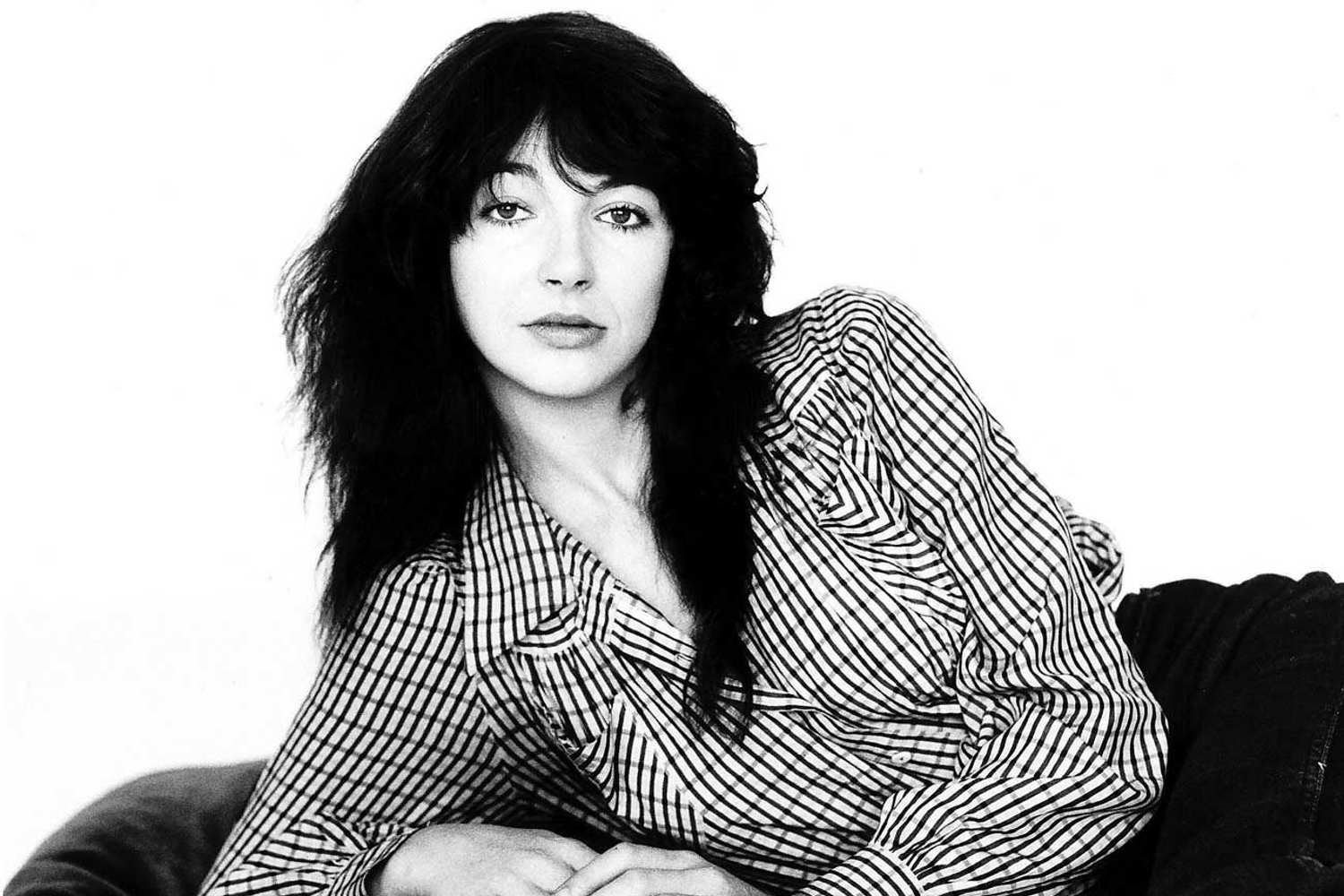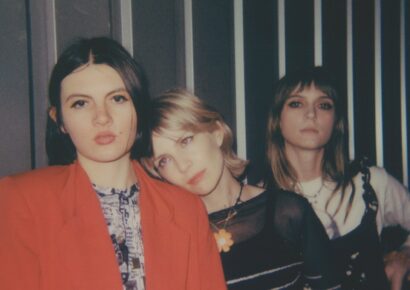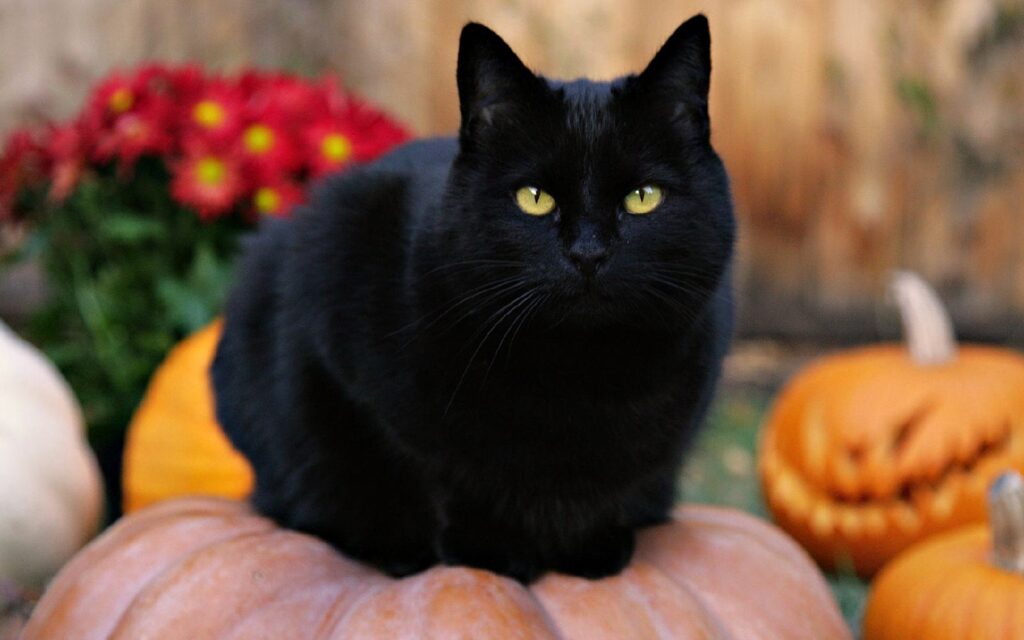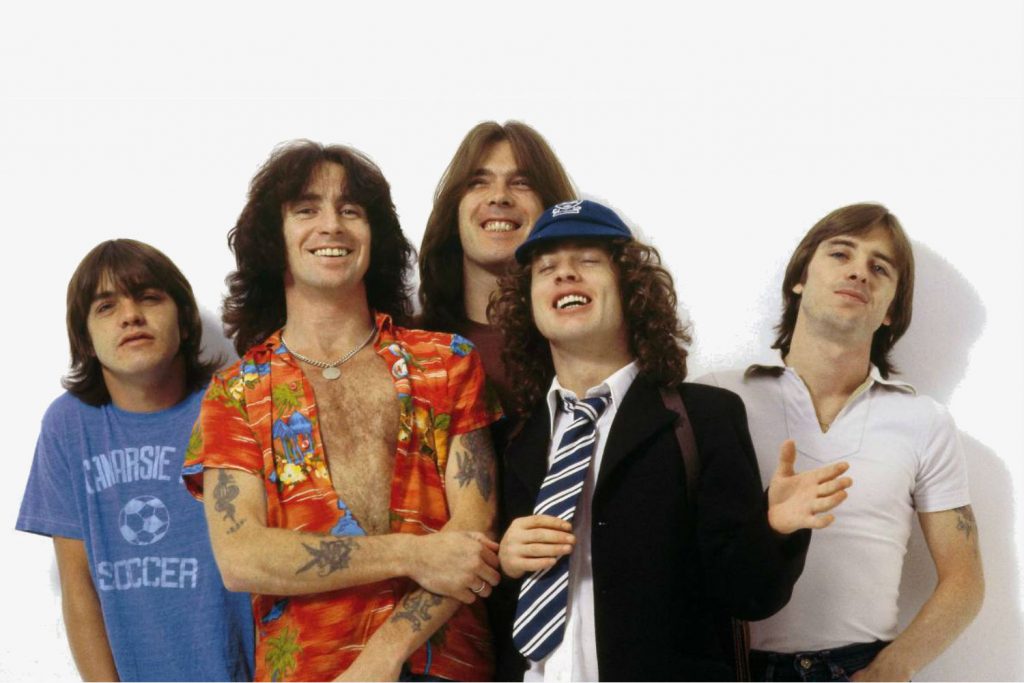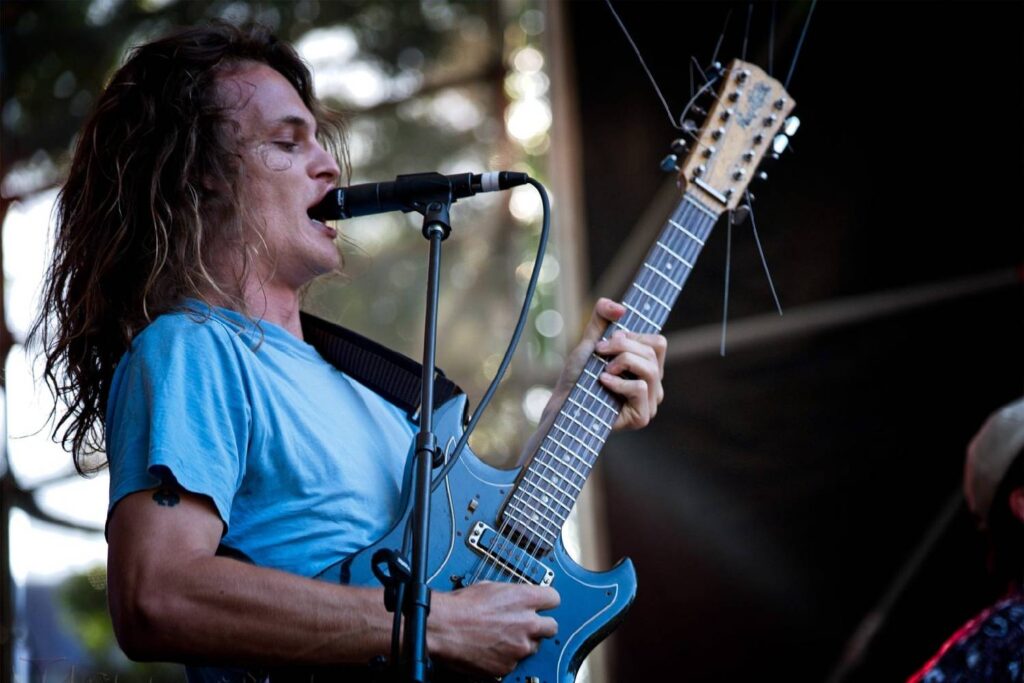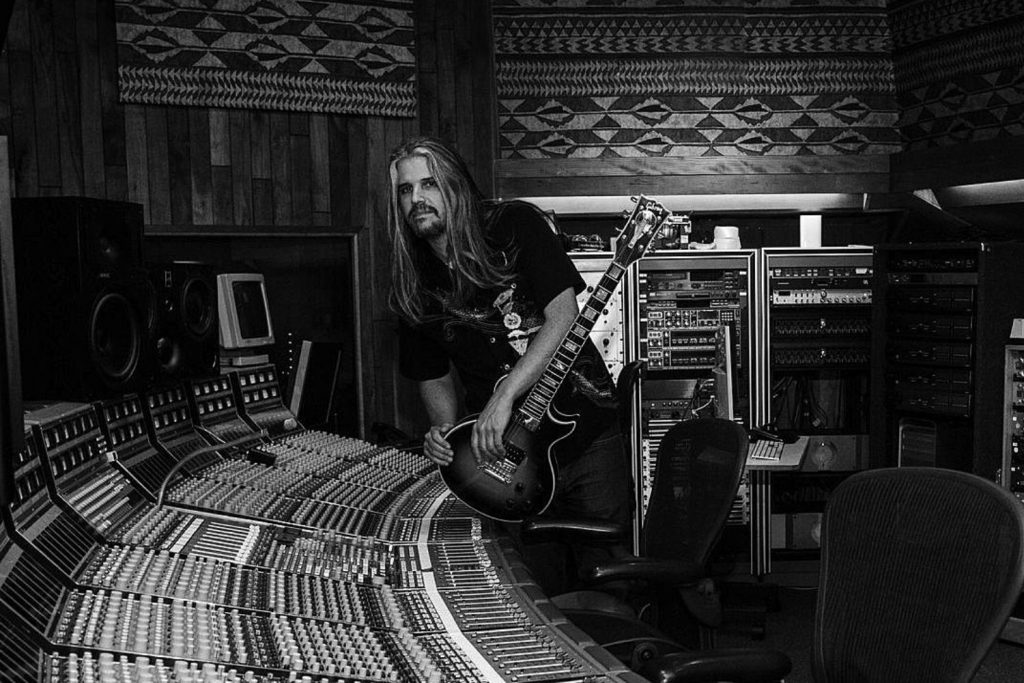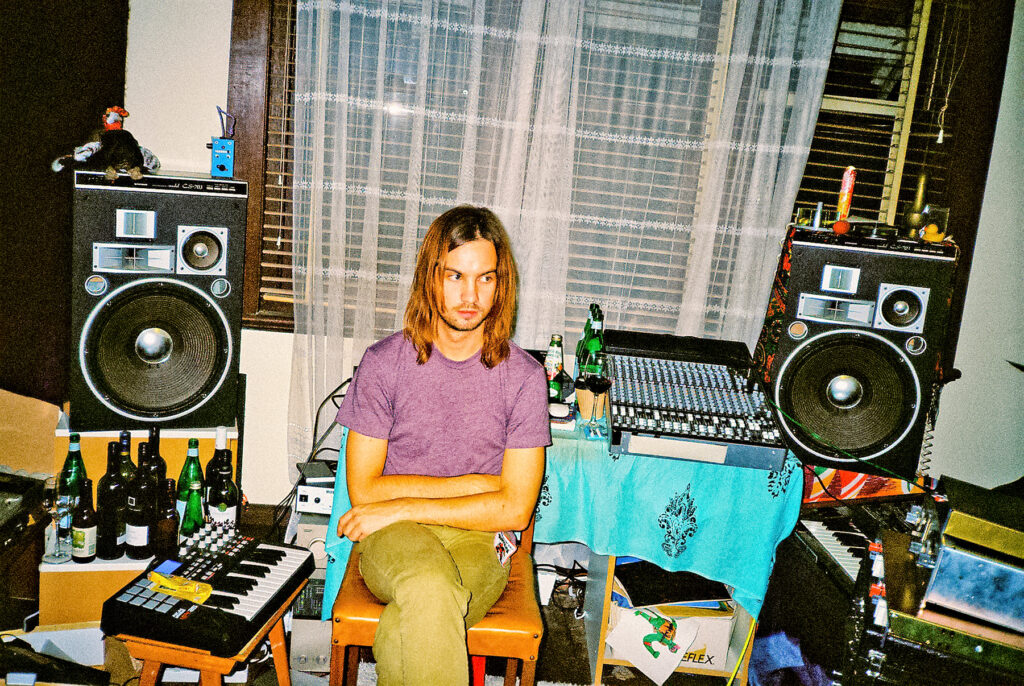Kate Bush is unique for many reasons. Her unique take on songwriting, lyrics and even music video imagery are a big part of what has made her famous.
Music making involves a lot of equipment, so it seems essential here at Mixdown to do a Gear Rundown: Kate Bush edition. What makes her truly unique, and especially in the modern landscape, is the fact that Kate Bush has had a heavy hand in producing a lot of her own music, as well having ensured that she owns her masters, and therefore directly receives royalties as opposed to them being filtered through a record label’s chain of command before they get to the artist.
Read up on all the latest features and columns here.
Her ability to have had such an illustrious career, built upon her own music, speaks to her working knowledge of the studio around her, that which enabled the music creation itself. While a lot of the gear she used earlier on in her career has now been relegated to software and plugin forms, in lieu of the upkeep of physical hardware, Kate Bush helped make the gear we’re looking at today famous – from the instruments to the recording mediums themselves.
48-channel SSL 4000E console
Producer and engineer Del Palmer has discussed his work with Kate extensively, with a particular focus on how they made her music together. While Kate handled a lot of writing and ideas herself, Del helped her find her way around the gear, including the 48-channel SSL 4000E console that was the pride of place at her Wickham Farm studio.
SSL consoles are famously good consoles for mixing, being of an in-line design (meaning the preamp, tape machine send & return and monitor fader are all on the same module), so you can fit more channels and faders into a smaller footprint. While 48 channels still occupies a lot of space, it allowed Kate to arrange and mix as she worked, with Del explaining that there was something special about the spontaneous nature of her work that was difficult to recreate at a later date. For this reason, Kate Bush often recorded final takes as she wrote them, and the SSL helped to make this easier.
The EQ and dynamics sections of the SSL are especially important, allowing for precise cuts and boosts to frequencies, or subtle compression to level out sounds. Palmer and Bush went the opposite direction, the SSL helping inform Kate’s unique vocal style on the album The Red Shoes in particular. Kate played the compression like an instrument, Palmer pushing the dynamics sections further than usual, while Bush sang into it, producing the intimate and forward vocal sound; the compressor bringing up room sound while balancing out the dynamic of her direct vocal. Del Palmer is pictured below with the 4000E.
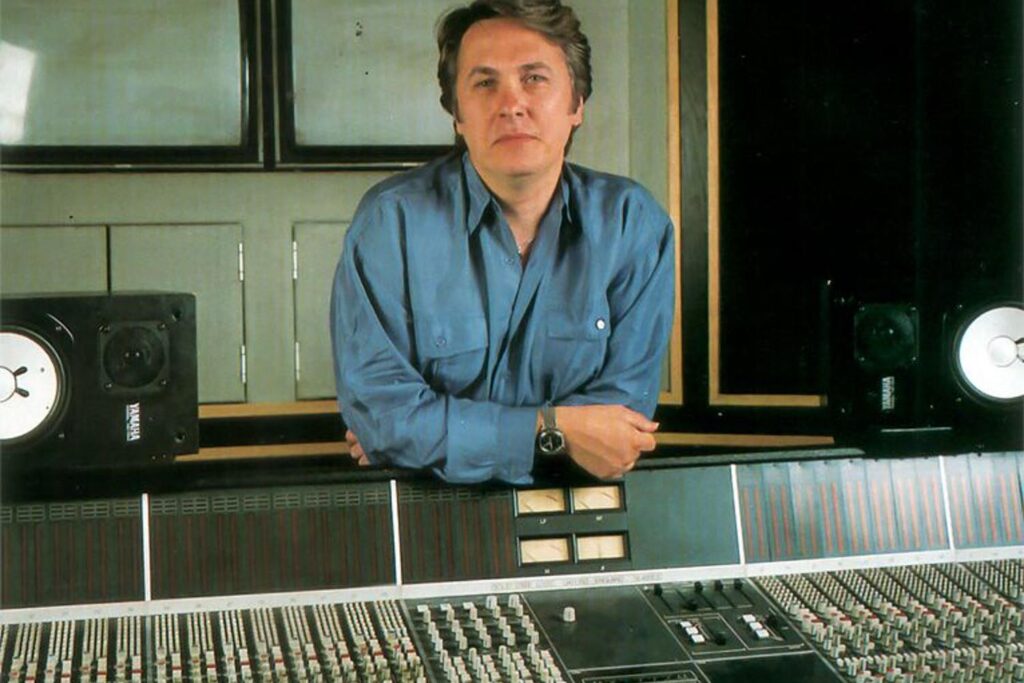
CMI Fairlight
Potentially one of Kate’s most used pieces of gear was a CMI Fairlight Synthesiser, a synth produced in Melbourne and released in 1979. The Fairlight was a workstation in and of itself, with an embedded sampler, and the totality of its offering allowed Kate to use it as both a sampler and synth, while also having it available to make simple beats to begin a song.
Samples run through the Fairlight are featured on songs like “Running Up That Hill”, the didgeridoo sound on “The Dreaming” (the Fairlight, an Australian synth, aptly having a didgeridoo preset), and “Cloudbusting” being almost entirely Fairlight.
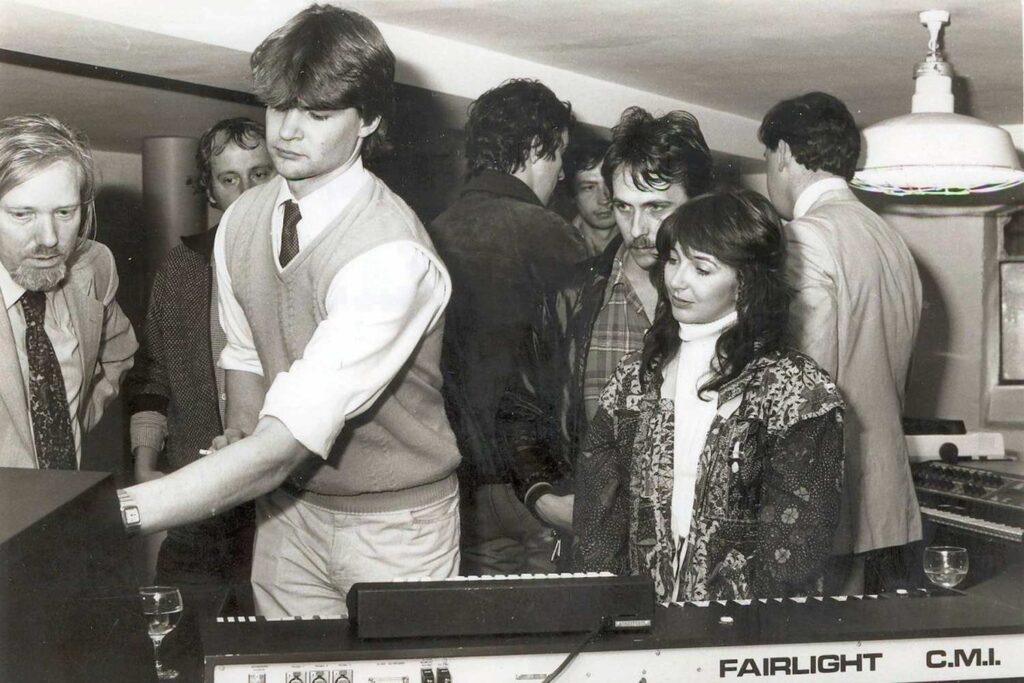
Yamaha CS-80
The Yamaha CS-80 is beloved by synth devotees. It’s practical layout makes it very musical, feeling much like a keyboard, but packed beneath the hood is a treasure trove of tonal options – alluded to with the well laid-out faders, buttons and pots littering it’s chassis. This one was a favourite of Bush, it’s natural sound fitting well within her arrangements, the CS-80 being one of the only synths to offer touch-sensitivity at the time.
AMS RM16X & Yamaha REV-7
Special mention goes to outboard processing like the AMS RM16X & Yamaha REV-7.
AMS RM16X
The AMS EM16X is one of the most famous reverbs in history, its aesthetic having been replicated and cloned decades now. While the AMS was surely littered across a lot of arrangements, it’s particularly on show in “The Red Shoes”. The lyrics ‘She’s gotta dance,’ spirals into an octave shift of space and ‘verb, a cornerstone of the RM16X’s sound. The RM16X rose to fame because of its great reverberant sounds, but also the control over pitch available within the unit, allowing for wider (and wilder) stereo effects due to the subtle or overt modulation that separated the left and right outputs.
Yamaha REV-7
The Yamaha REV-7 is a similarly famous piece, storing a few famous presets as well as helping to fatten up the snare on some Kate Bush tracks – offering a classic gated snare sound thanks to a reverse gated presets. This can be heard specifically on “And So Is Love” and “Rubberband Girl”
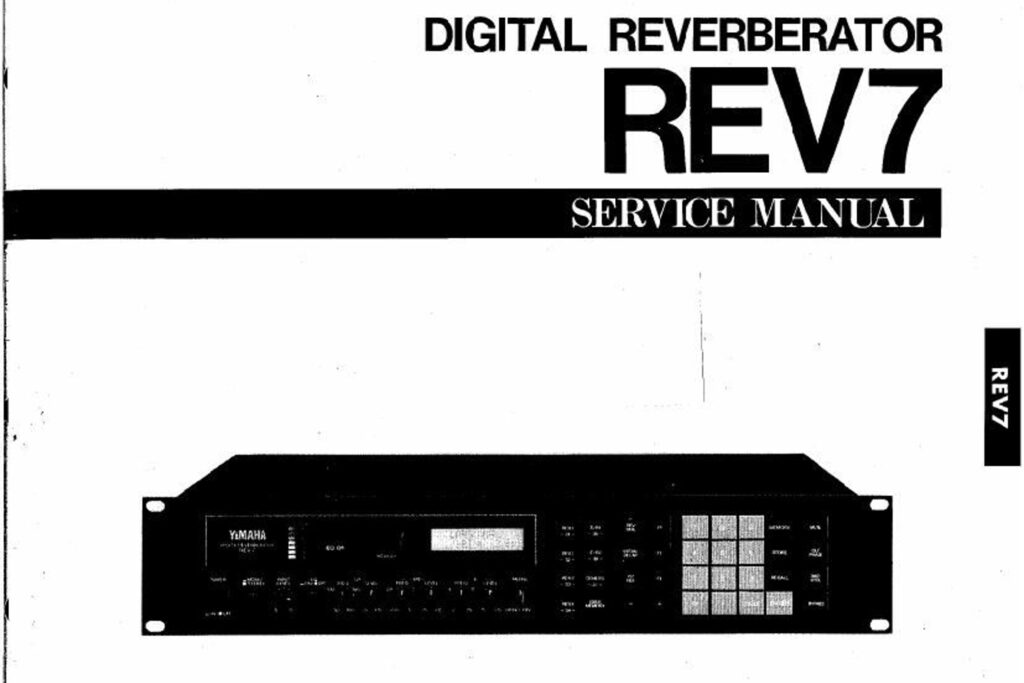
Outboard processors
Kate was often pictured in studios surrounded by gear, speaking again to her and Del Palmer’s need to “get it right at the source” as fleeting ideas would often be used on the final mastered versions of songs.
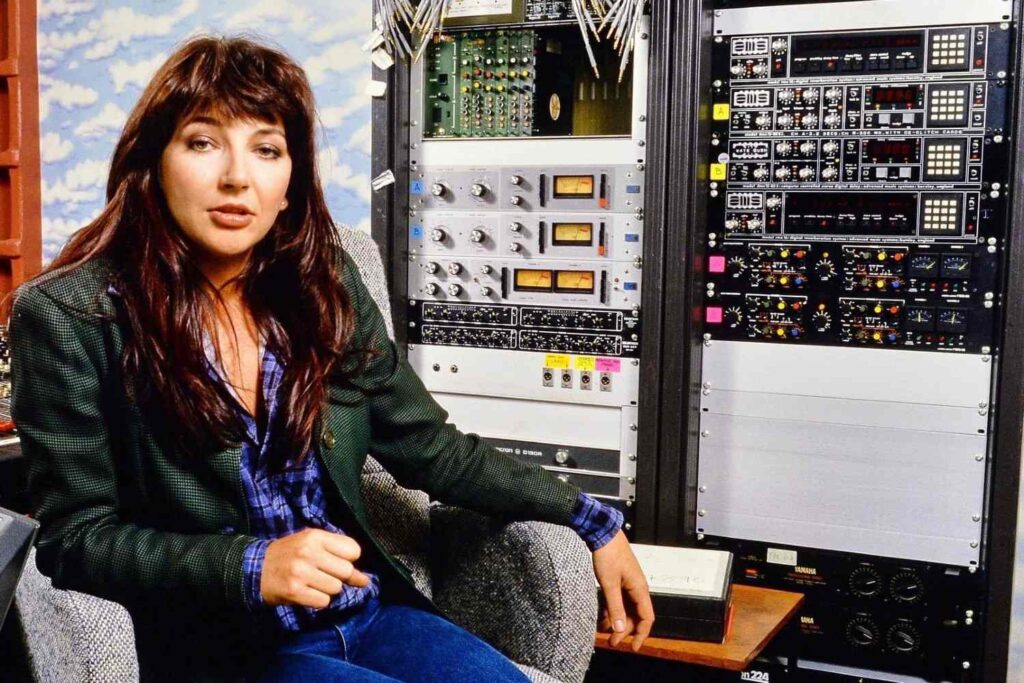
Pictured here with Kate are a rack of early Urei 1176 compressors (Urei (United Recording Electronics Industries) being an early company run by Bill Putnam of eventual Universal Audio fame. Putnam retained the 1176 technology after Urei was sold to Harman), as well as a rarer 1178 beneath then, a stereo version of the 1176.
There’s some Drawmer gates, likely used to treat sources like drums while mixing, and the aforementioned AMS reverbs, as well as a pair of Audio Design Recording F760X-RS; those ones there with the multicoloured knobs. The F760X-RS are a famously finicky piece with a lot of controls, but once set – work wonders for transients and pulling sources front and centre within a mix.
Read more about Kate Bush here.
